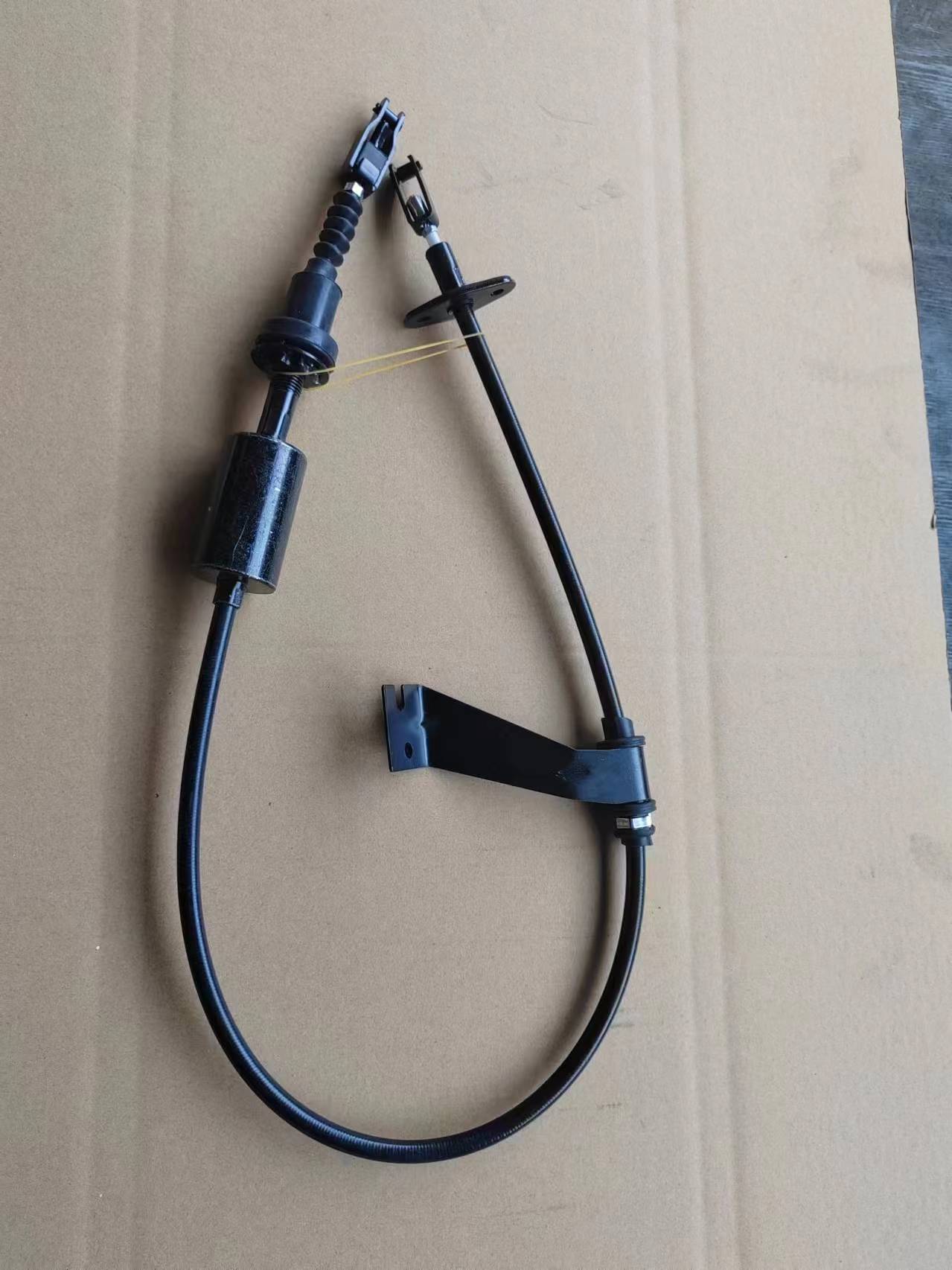gear cable for car
Understanding Gear Cables for Cars Importance, Types, and Maintenance
In the intricate world of automotive engineering, gear cables, often referred to as gear shift cables, play a crucial role in the smooth operation of manual and automatic transmission systems. These cables are responsible for connecting the gear shifter inside the vehicle to the transmission housing, allowing drivers to change gears seamlessly. Understanding gear cables, their types, and maintenance is essential for anyone who owns or operates a vehicle.
The Importance of Gear Cables
The primary function of gear cables is to facilitate the movement of the gear shifter. When the driver engages the shifter, the movement is transmitted through the gear cable to the transmission, which then shifts the gears accordingly. This action is vital for vehicle operation; without properly functioning cables, shifting gears can become difficult or even impossible, leading to a lack of control over the vehicle.
In manual transmission vehicles, the gear cable enables a direct connection between the clutch and the gearbox. In automatic transmissions, there may be one or multiple cables, depending on the vehicle's design. A malfunction in these cables can lead to significant performance issues, affecting acceleration and overall handling. Hence, regular inspection and maintenance of gear cables are essential for ensuring optimal vehicle function and safety.
Types of Gear Cables
Gear cables come in various types, designed to suit different transmission systems and vehicle designs. The two main categories are
1. Manual Gear Shift Cables These are typically used in vehicles with manual transmissions. They consist of a flexible outer sheath and a robust inner wire that moves when the gear shifter is engaged. These cables are designed to withstand significant stress and strain, as frequent gear changes expose them to constant wear.
2. Automatic Gear Shift Cables Found in automatic vehicles, these cables may perform multiple tasks, including shifting gears and managing the vehicle's throttle. In some designs, there can be a Bowden cable system, which operates the gear linkage and provides a more flexible mechanism for smoother shifts.
Beyond these categories, gear cables can also vary in materials and construction. High-quality stainless steel cables, for example, are often favored for their resistance to rust and wear, ensuring longevity and reliability.
Signs of Gear Cable Problems
gear cable for car

Understanding the signs of gear cable issues is crucial for timely maintenance. Common symptoms include
- Difficulty in Shifting Gears If the gear shifter feels stiff or resistant, or if the gears do not engage readily, this may indicate a frayed or damaged cable. - Unusual Noises Grinding or clunking sounds when shifting can signal that the cable is not functioning correctly, which could prevent the gears from aligning properly.
- Cable Slippage or Disconnection If you notice that the gear shifter moves without engaging the transmission, it may indicate that the cable has slipped out of place or is damaged.
Maintenance Tips
To ensure the longevity and proper functioning of gear cables, regular maintenance is essential. Here are some tips
1. Routine Inspections Periodically check your cables for any signs of wear, fraying, or rust. Ensure that all connections are secure.
2. Lubrication Keeping the cables lubricated can reduce friction and prevent premature wear. Use appropriate lubricants recommended by the manufacturer.
3. Replacement If the cables are damaged or worn beyond repair, they should be replaced immediately. Driving with faulty cables can lead to a complete transmission failure and potentially dangerous driving conditions.
4. Professional Servicing Engage a qualified mechanic to perform thorough inspections and maintenance on your vehicle’s gearbox system, ensuring that all components, including the gear cables, are functioning optimally.
Conclusion
In summary, gear cables are a small yet critical component of a vehicle's transmission system, and their importance cannot be overstated. Understanding the different types and recognizing the signs of wear can help mitigate potential issues. Regular maintenance and professional servicing are key to ensuring that your gear cables operate efficiently, contributing to a smoother and safer driving experience. For vehicle owners, prioritizing the care of these often-overlooked components is essential for long-term automotive health.
-
Upgrade Your Control with Premium Throttle CablesNewsAug.08,2025
-
Stay in Control with Premium Hand Brake CablesNewsAug.08,2025
-
Experience Unmatched Performance with Our Clutch HosesNewsAug.08,2025
-
Ensure Safety and Reliability with Premium Handbrake CablesNewsAug.08,2025
-
Enhance Your Vehicle with High-Performance Clutch LinesNewsAug.08,2025
-
Elevate Your Ride with Premium Gear CablesNewsAug.08,2025
